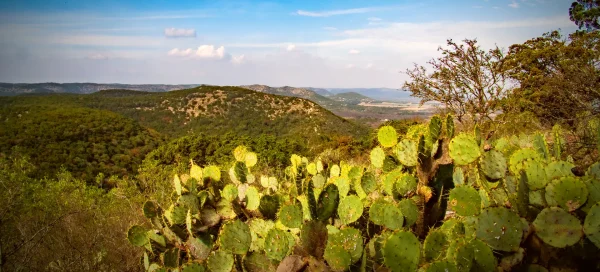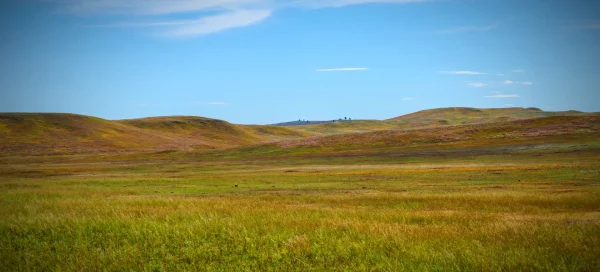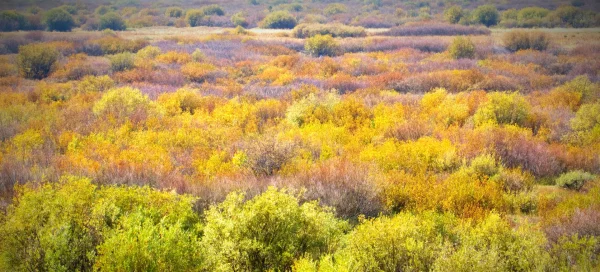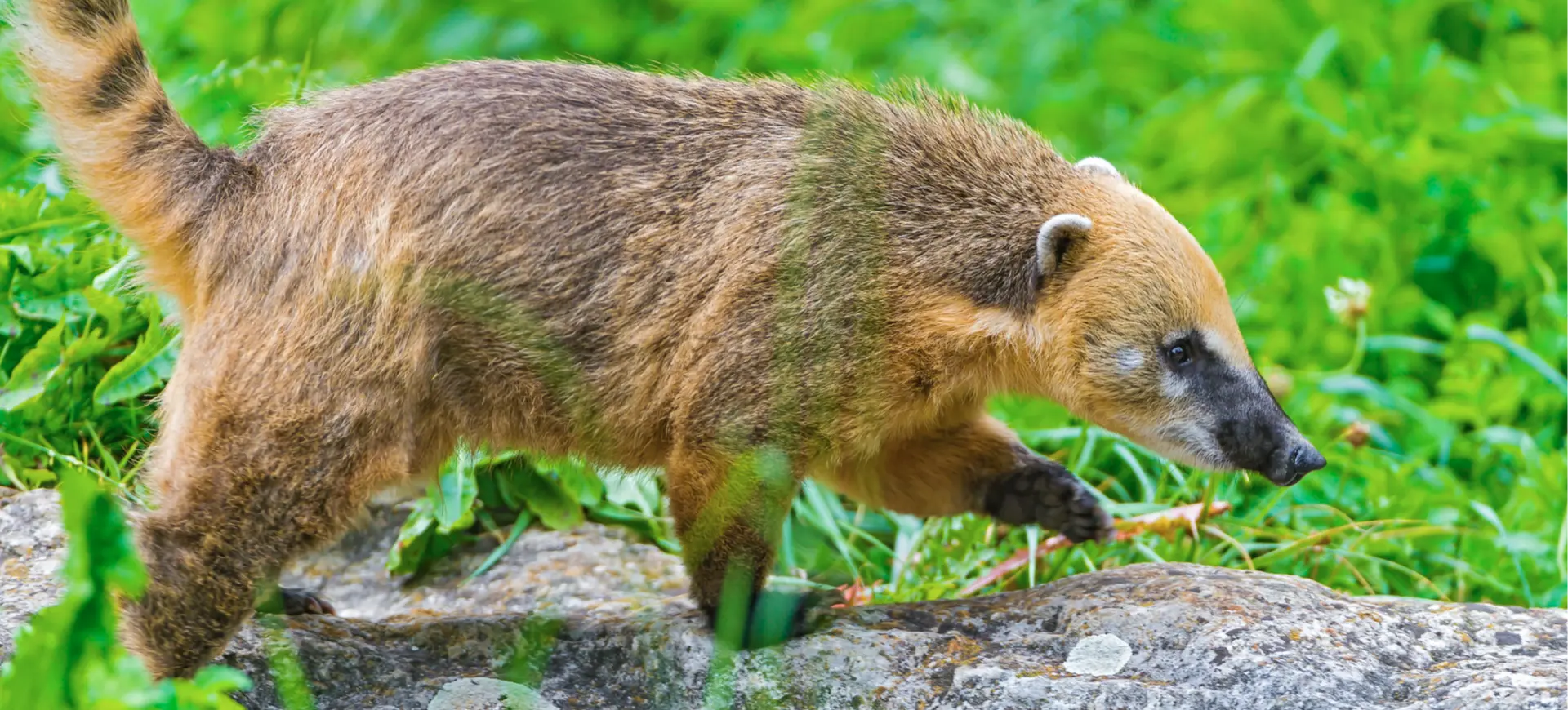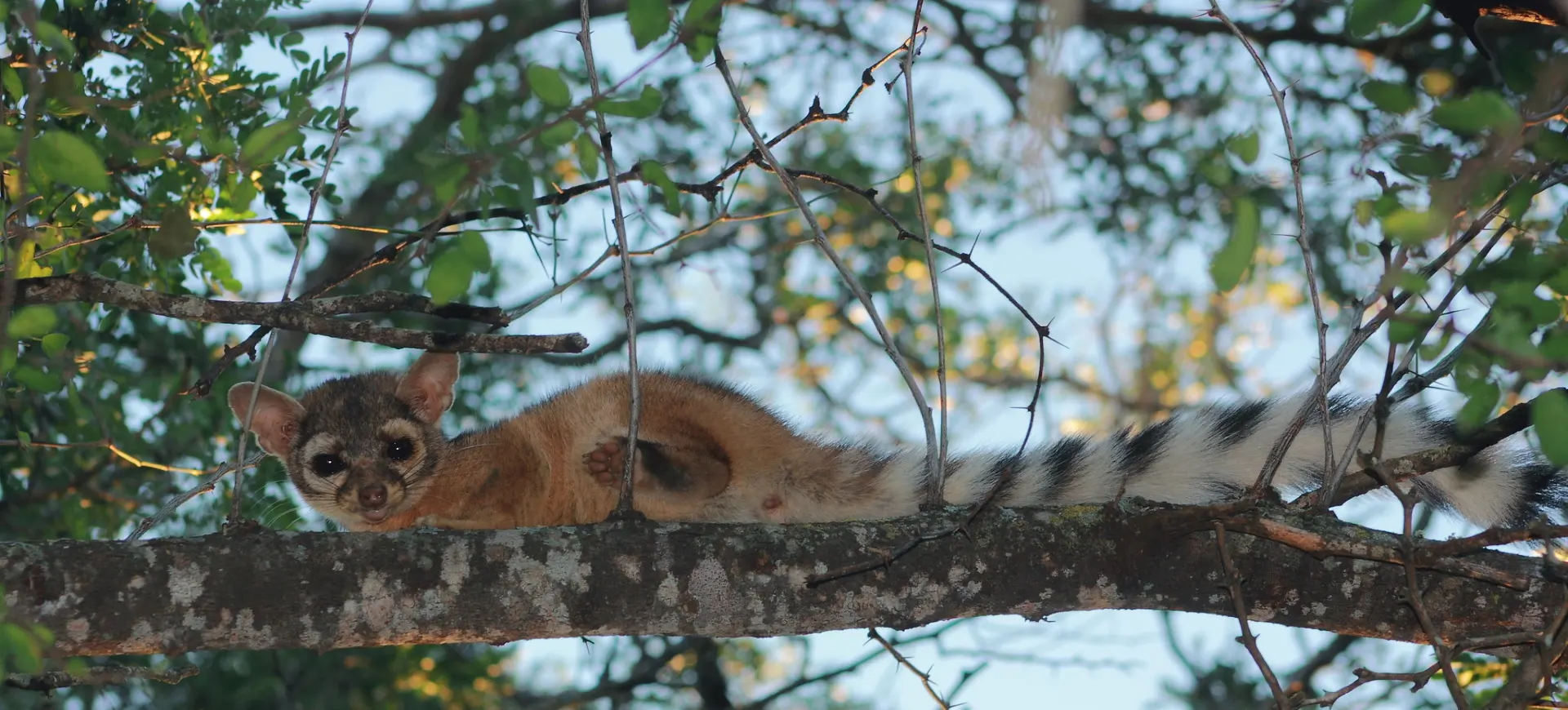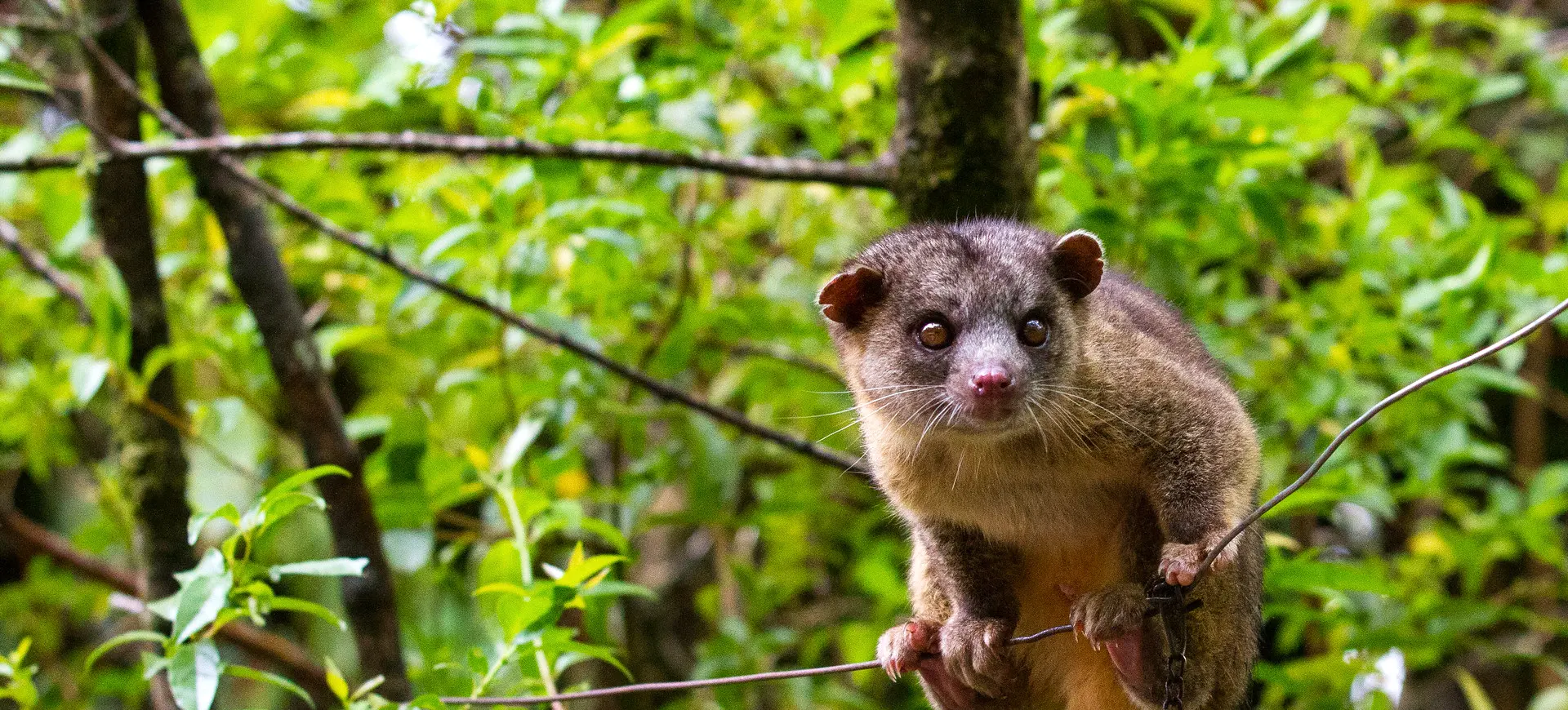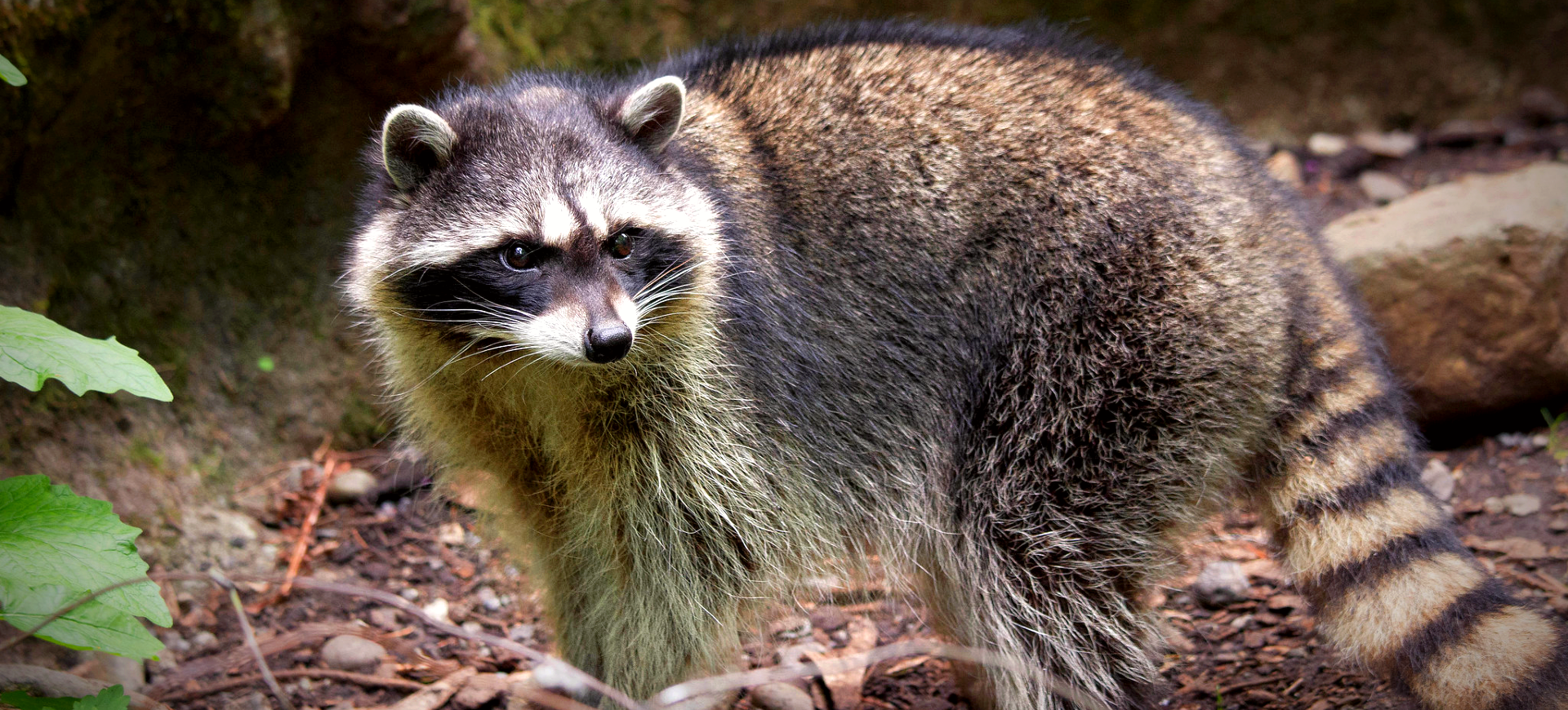Overview
The White-nosed Coati, also known as Nasua narica, is a medium-sized mammal with a characteristic long, pointed muzzle and a ringed tail, often carried erect while walking, providing a distinct silhouette. Known for its agility and expert climbing abilities, the Coati is native to North and Central America and adapts to various habitats ranging from hot deserts to cool mountain forests.
In the wild, the White-nosed Coati is a diurnal animal, active primarily during the day. It is also highly social, particularly female Coatis, which often live and travel in large groups known as bands. The Coati’s diet is omnivorous, consisting of various foods, including small vertebrates, insects, fruits, and occasionally eggs.
An adult White-nosed Coati displays sexual dimorphism, with males significantly larger than females. Males tend to be solitary and only join females during the mating season. They are territorial and mark their territories with secretions from their scent glands. The species is known for its intelligence and adaptability, often seen foraging both on the ground and in trees, using its sharp claws and long snout to dig out food.
Taxonomy
Kingdom
Phylum
Class
Order
Family
Genus
Species
Sub Species
Type
Physical Description:
White-nosed Coatis are distinguished by their elongated snouts, which are flexible and can be rotated to search under rocks and crevices for food. They have stocky body, with a fur coat that ranges from brown to reddish-brown. One of their most notable features is the tail, which is as long as their body and displays distinct black rings. The tail is often held erect, acting as a signal while moving through dense vegetation.
Males are typically larger than females, reaching up to 120 cm in length, including the tail, while females are approximately 90 cm long. Both sexes have robust limbs with sharp, curved claws for climbing and digging. The muzzle, throat, and chest are typically white or cream-colored, giving this species its common name.

Lifespan: Wild: ~8 years || Captivity: ~15 years

Weight: Male: 15-18 lbs (6.8-8.2 kg) || Female: 7-8 lbs (3.2-3.6 kg)

Length: Male: 41-47 in (105-120 cm) || Female: 33-35 in (85-90 cm)

Height: Male: 15-17 in (38-43 cm) || Female: 10-12 in (25-30 cm)

Top Speed: 15 mph (24 km/h)
Characteristic:
Native Habitat:
White-nosed Coatis are adaptable to various habitats, ranging from lowland forests and grasslands to mountainous forests up to altitudes of around 3,000 meters. They prefer dense vegetation and abundant tree cover, taking advantage of their strong climbing abilities to forage and escape predators.
While they are adept climbers, they spend much time on the ground, especially foraging. They are commonly found near water sources and have been observed to be good swimmers. Their adaptability enables them to inhabit human-altered environments like plantations and suburban areas as long as sufficient food and cover are available.
Biogeographical Realms:
Continents:
Countries:
Diet:
Diet & Feeding Habits:
White-nosed Coatis are omnivores with a diet that includes insects, fruits, small vertebrates, eggs, and carrion. They are well-known for their exceptional foraging skills, using their elongated snouts and sharp claws to dig into the soil, flip rocks, and explore crevices in search of insects and small prey.
Coatis have a sweet tooth and will consume various fruits when available. Their diet shifts seasonally, depending on the availability of food items. Due to their fruit consumption, they play a significant role in their ecosystem as predators to smaller creatures and seed dispersers.
Mating Behavior:
Mating Description:
White-nosed Coatis exhibit an interesting breeding pattern. Males, typically solitary, are accepted into the female-led bands during the breeding season, usually in the early rainy season. After a gestation period of about 11 weeks, females give birth to a litter of 4-6 young. The birth usually occurs in a nest in a tree, offering protection from predators.
The female and her offspring stay isolated from the band for approximately six weeks after birth, after which they rejoin the group. The young are weaned at about four months but remain with their mother for their first two years. Males disperse and become solitary upon maturity, while females stay with their natal band.
Reproduction Season:
Birth Type:
Pregnancy Duration:
Female Name:
Male Name:
Baby Name:
Social Structure Description:
White-nosed Coatis live in a highly social structure, with clear distinctions between males and females. Females and young males up to two years live in bands of 10 to 30 individuals. These bands are matriarchal, dominated by the oldest females.
Adult males, however, are generally solitary except during the mating season when they join the female bands. The social structure of the coatis facilitates communal care of the young and protects them from predators. Coatis communicate with each other using a variety of vocalizations and scent marks.
Groups:
Conservation Status:
Population Trend:
White-nosed Coati populations are relatively robust, particularly compared to other species in the Procyonidae family. They are highly adaptable, with a diverse diet and a wide range of habitats, which help them maintain stable populations. However, the exact number of individuals in the wild is unknown, as it is a challenging species to track due to its wide distribution and varied habitats.
In some regions, such as Central America, the population density of coatis is high, particularly in areas with abundant food resources and favorable habitats. However, in other regions, such as the southwestern United States, populations are smaller and more fragmented. Overall, while there may be local declines, the global population trend appears to be stable.
Population Threats:
The primary threats to White-nosed Coati populations include habitat loss due to deforestation and agricultural expansion. As their habitats are destroyed or fragmented, coatis are forced to move into human-dominated landscapes where they may be subject to vehicle strikes, persecution as pests, and predation by domestic animals.
Furthermore, they are hunted for their meat and fur, and in some areas, they are captured for the pet trade. Though adaptable and can survive in various habitats, rapid and extensive habitat loss could threaten their population stability.
Conservation Efforts:
Conservation efforts for the White-nosed Coati primarily involve habitat preservation and management. Protected areas that encompass their habitats help to ensure the availability of suitable environments for the coatis. In areas where coatis conflict with humans, such as agricultural or suburban areas, efforts are made to use non-lethal control methods and educate local communities about the coatis’ ecological roles.
Moreover, in some regions, hunting regulations have been implemented to manage the hunting of coats for their meat and fur. While the White-nosed Coati is not an endangered species, ongoing monitoring of populations is necessary to ensure they remain stable.
Additional Resources:
Fun Facts
- White-nosed Coatis can rotate their ankles beyond 180 degrees, enabling them to descend trees headfirst.
- They use their ringed tail, which they often carry erect, as a ‘follow-me’ sign in the dense forest undergrowth.
- Despite their solitary nature, males will form temporary groups, or bachelor bands, outside of the breeding season.
- They have a keen sense of smell, which they use to sniff out food. Their name ‘Coati’ comes from the Tupi word ‘cua’tim, which means ‘belted animal’ or ‘long-nosed’.
- White-nosed Coatis are excellent swimmers and won’t hesitate to take a dip to escape predators or to hunt for aquatic prey.
- The females and young coatis sleep together in the safety of trees at night while the males sleep alone on branches.
- They are among the few mammalian species in which females significantly outnumber males.
- Coatis are highly vocal animals, with about 12 known distinct calls to communicate different messages.
- Their long, sharp claws enable them to be efficient diggers, often digging up to 3 inches deep to find food.
- The young coatis learn foraging skills through play, often observed playing ‘tag’, which aids in their survival later in life.

